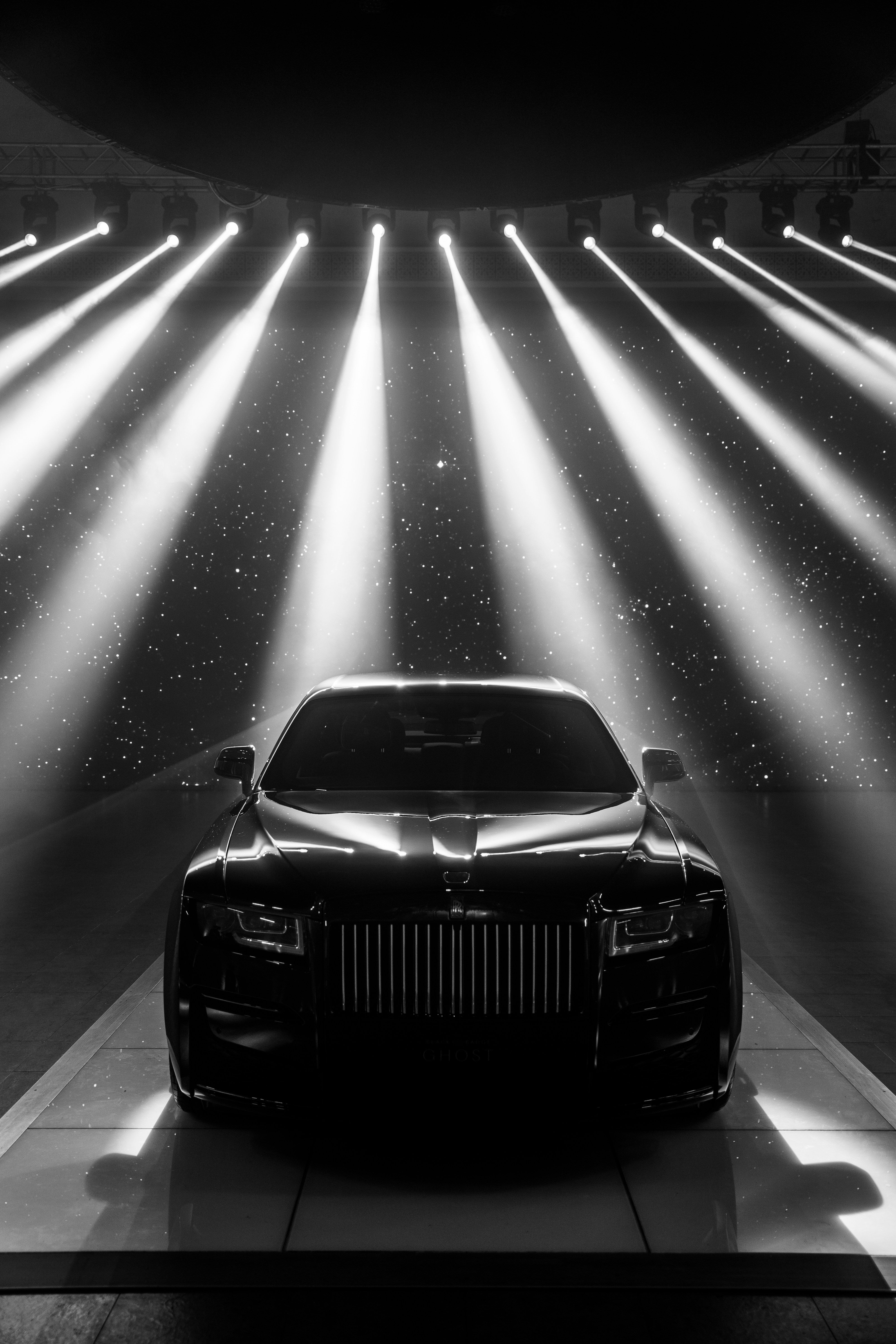If you’ve ever sat in your BMW or MINI, turned up the volume on that Harman Kardon or Bang & Olufsen system, and thought “huh… that’s it?” — you’re not alone. The same goes for Supra owners with the JBL package.
On paper, these systems look premium. In practice, many drivers describe them as “flat,” “muddy,” or “front heavy.” I hear the same story at meetups and in forums all the time: “I love the car, but the sound system doesn’t live up to the badge.”
So the natural next step is to consider upgrading. But then comes the fear: “If I install aftermarket speakers or an amp, will my dealer void my warranty?”
It’s one of the most common questions people ask before making any change. Let’s break this down, once and for all, with both the law and real-world experience in mind.
What the Law Says About Aftermarket Parts
Here’s the truth: swapping out your speakers, woofers, or amp does not void your entire warranty. U.S. law — specifically the Magnuson-Moss Warranty Act — protects consumers from blanket warranty denials.
In plain English, your dealer can’t just say, “You installed new speakers, so your whole warranty is gone.”
What they can say is: if the aftermarket part directly caused the problem, then the repair related to that issue may not be covered.
For example, if you install a poorly matched subwoofer that draws too much power and damages your head unit, the dealer would have grounds to deny coverage for that repair.
But your air conditioning, engine, or suspension? Still covered.
I’ve personally seen this play out at a Denver BMW dealer, where a friend of mine had aftermarket wheels and exhaust.
Service tried to push back, but once he pointed to Magnuson-Moss (and politely asked them to put their refusal in writing), the tone changed quickly. They handled his warranty claim without issue.
Why Plug-and-Play Audio Is Safe Territory
This is where Bavsound and other plug-and-play solutions shine. Unlike some aftermarket installs that require wire cutting or custom fabrication, plug-and-play upgrades connect directly to your factory harnesses. That means:
-
No cutting, splicing, or soldering
-
Matched impedance and factory-safe load
-
Fully reversible — you could reinstall your stock speakers in 20 minutes if you ever needed to
Dealers are far less likely to argue about a warranty when there’s no visible modification or wiring damage. It’s like swapping lightbulbs — as long as you’re using a product designed for the system, there’s no cause for denial.
One MINI owner on North American Motoring put it perfectly: “The dealer didn’t even notice my Bavsound kit until I pointed it out. They were more impressed that I did the install myself than anything else.”
What Dealers Say vs. What They Can Prove
Let’s be honest: some service advisors love to scare owners away from mods. I’ve seen plenty of forum posts where someone says, “My dealer told me ANY aftermarket part voids the warranty.”
That’s not how it works. If a dealer makes that claim, you’re well within your rights to:
-
Ask them to put it in writing (most won’t, because they know the law)
-
Bring up Magnuson-Moss by name
-
Point to the FTC guidelines that explicitly protect your right to use aftermarket parts
Arming yourself with the facts not only protects you, but also helps you filter out misinformation that circulates on Reddit and Facebook groups.
When Factory Audio Falls Short
The other side of the conversation is: why bother upgrading in the first place? Aren’t HK, B&W, or JBL good enough?
Here’s what real owners have said:
-
BMW Harman Kardon (HK): “Too much emphasis on the front stage, weak bass.”
-
BMW Bowers & Wilkins (B&W): “Gorgeous looking, but not $3,000 better.”
-
Toyota Supra JBL: “Sounds fine at low volume, falls apart when you crank it.”
-
MINI HK: “Better than base, but still lacks clarity.”
These are premium cars. If you spend hours behind the wheel, you want your music to hit just right. A focused upgrade- swapping door speakers or underseat woofers- can completely transform the listening experience without touching the car’s wiring integrity.
The Dealer-Safe Checklist
If you’re considering an upgrade, here’s a quick “peace of mind” checklist you can follow:
-
Choose plug-and-play parts made specifically for your make and model
-
Match impedance and sensitivity so you’re not overloading factory amps
-
Document your install with a few photos (showing factory wiring intact)
-
Keep your original speakers — you can always reinstall them if needed
-
If your dealer pushes back, reference Magnuson-Moss and ask for written proof
It’s also smart to print out a one-page reference of the law. Many owners keep this in their glovebox just in case.
FAQs
Does replacing my BMW speakers void the warranty?
No. Only the portion of the warranty directly tied to the upgrade could be questioned if it causes damage.
Can coding or tapping into MOST-bus systems cause problems?
Yes — this is where non-plug-and-play solutions can get risky. Stick to products designed to integrate with factory electronics.
What if my dealer still refuses coverage?
Ask for their refusal in writing and escalate to BMW NA (or your brand’s corporate support). Dealers rarely want to put incorrect claims on paper.
Upgrading your audio system shouldn’t feel like rolling the dice on your warranty. When done properly with plug-and-play components, it’s a safe, reversible, and incredibly rewarding modification.
You’ll enjoy your drives more, keep your factory warranty intact, and if you ever trade in the car, you can reinstall the stock setup in minutes.
If you’ve been hesitating because of warranty fears, now’s the time to leap. You don’t have to live with “premium” sound that doesn’t live up to the name.
Ready to explore your options? Check out Bavsound’s plug-and-play upgrades for BMW, MINI, Rolls-Royce, and Supra — all backed by a 100-day in-car trial and a 4-year warranty of their own.




Share:
Head Unit or Speakers First? A Car Owner’s Guide to Better Sound
Why Your New Bavsound System Needs 10 – 12 Hours to Shine (and How to Break It In Right)